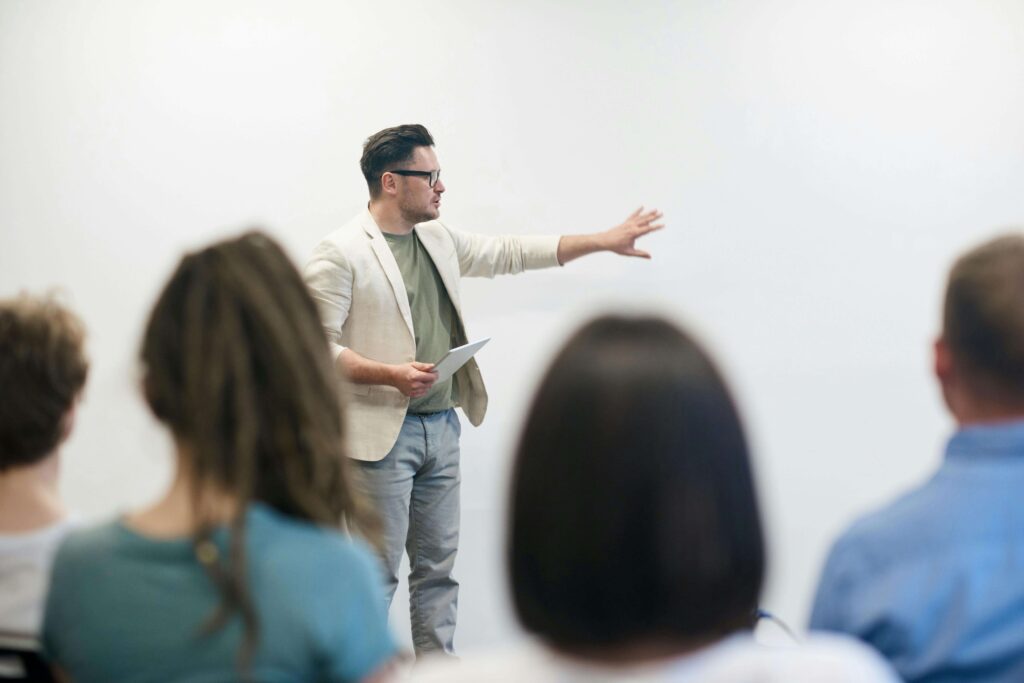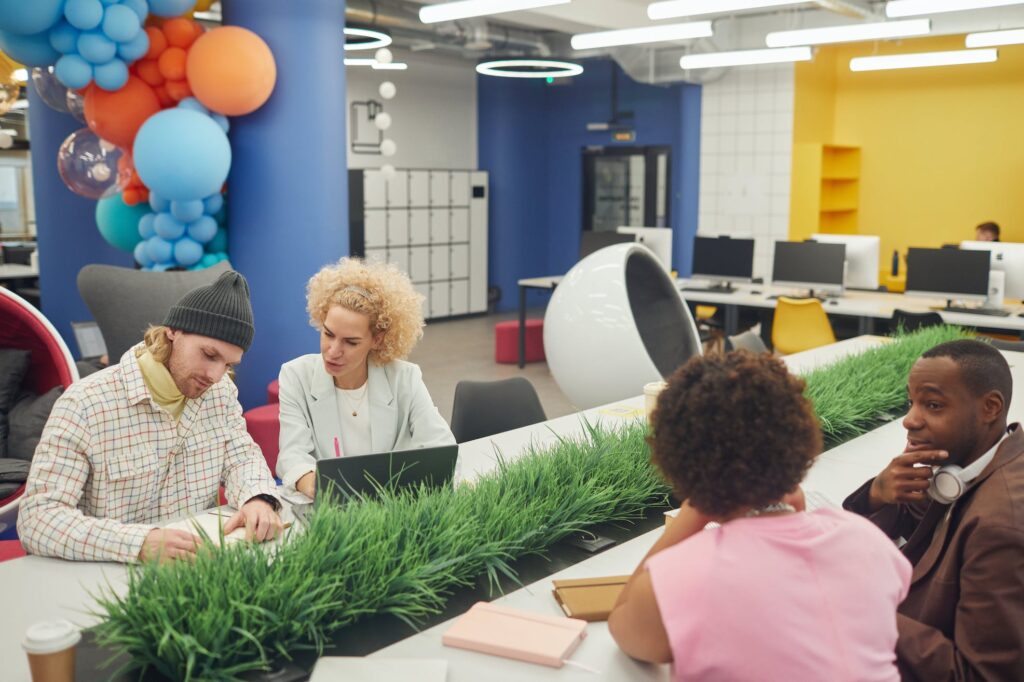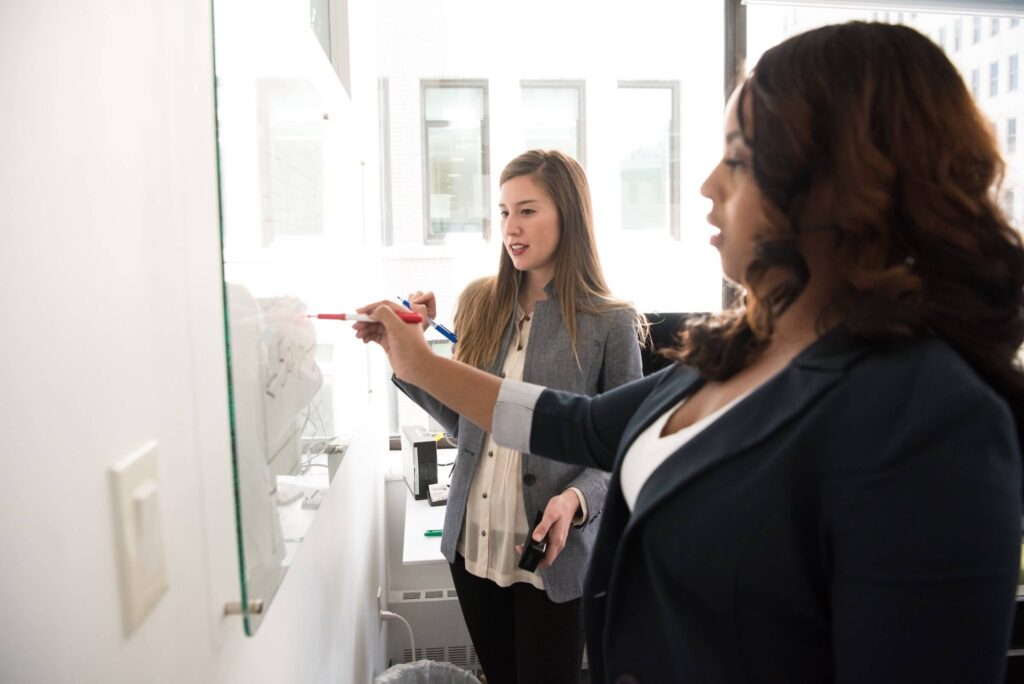Overview
Shopify is a platform with the e-commerce and point of sale features needed to start, run and grow a business. One of our two August 2020 speakers, Kate Brennan, spoke about her experience as a Senior Technical Program Manager at Shopify, transforming their in-person workshops into meaningful remote experiences.
The learning landscape has changed
No matter how the environment changes over time, learning always needs to be adaptable and accessible to those who need it. In the last year, the delivery of learning has shifted significantly. Companies are reassessing the value of live education programs and modifying them for a remote setting.
Shopify is now a fully distributed workforce and intends to remain so beyond 2021. Yet, the technical educator’s role remains the same – to guide and craft learning for clear, deep understanding tied to people’s roles and essential skills.
Before COVID, workshops at Shopify took many forms. The company offered in-person conferences for technical employees, one-off internal workshops, and regular weekly developer talks to update people on technical topics.Subject matter experts delivered these sessions in person, from a stage either in an office or conference hall.
Reshaping the learning landscape
To support technical educators in the transition to remote learning, the team at Shopify focused on the objectives set out in live sessions, and thought about whether these could translate to digital formats.
They distilled the learning back to the goal, and stepped back from what the execution was previously. This approach resulted in programs designed specifically for remote learning.
Kate recommends this formula to narrow focus in the learning goals: do/use x in order to y resulting in z
For example:
Explore Shopify’s product in order to have context for learning the company’s technical strategies resulting in faster, aligned work when they join the team.
Using this method, a one-week on-site learning program at Shopify became a month-long program delivered remotely through workshops, courses, and Slack communities. This extended timeframe was necessary to meet the same objectives in the online version of the program.
She also highlighted the following strategies to help a facilitator with remote delivery:
-
- Foster community when people come together on a call
-
- Have breakout rooms to build discussion
-
- Make eye contact with the camera lens
-
- Try not to get concerned with appearance
-
- Where possible, ditch the slides and focus on talking
-
- Remember that we are no longer in the office environment. The setup is an opportunity to make connections in a new way.
-
- Work around cameras and mics
-
- Focus on brevity
-
- Stay flexible
-
- Think about the specific learning goal, and reinforce it
-
- Encourage pre-work before sessions for fruitful discussions
-
- Make the most of the facetime on a call
The medium Is the message
Although workshops are the comfort zone for many people, sometimes they aren’t the best format for a remote world. Limits or constraints of workshops include that:
-
- Synchronicity limits availability
-
- Timeboxing narrows scope
-
- Verbal learning is less documented
-
- Active work is easier with guidance
There are several alternatives that Shopify has started to blend in to live learning experiences. It helps to see these as opportunities, rather than substitutes:
-
- Asynchronous stand-up threads
-
- Self- paced exercises
-
- Videos and streams
-
- Online courses
-
- Access to helpful documents
Ultimately, people will be energetic and invested from engaging with others when they talk. We don’t need to be face-to-face to benefit from each other’s voices and to connect.







